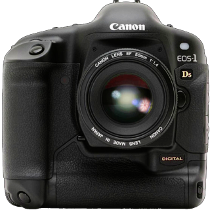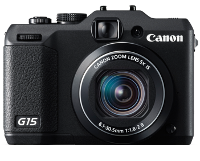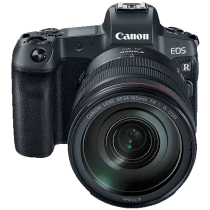
In traditional or 'legacy' photography the film is exposed in the camera and then has to processed and printed. This means that it has to be taken to a photographic lab. To be economical the film has to be finished before it is processed which may mean taking 36 pictures. The photographer can not be sure that they have captured the images the way they wanted. In digital photography an individual image can be taken, checked, re-shot if required. This is a huge advantage for the photographer. It is possible to carry out the complete process on your own computer and printer, avoiding the need to use a lab. You also save on the cost of buying film. For professional photographers it is an advantage to have a digital original image as previously images from film required scanning before they could be used in publication.
Other advantages of digital photography are in the colour technology available in cameras. Colour photography on film is dependent on the light source. Most film is designed for use in daylight and filters have to be used under artificial light. Digital cameras can be controlled to work under most of the common artificial light sources without need for further correction.
|
|
The quality of images obtained from digital cameras is determined by a number of factors including: chip size, number of pixels and quality of the lens used
|
|
Without manipulation, the size of prints from cameras is approx: 1 megapixel 4"x 3". 2 megapixel 5.5" x 4" 3 megapixel 6.5" x 5" 4 megapixel 7.5" x 5.5" 6 megapixel 10" x 6.7" 8 megapixel 11" x 8" 10 megapixel 13" x 8.5" 12 megapixel 14.2" x 9.5" 15 megapixel 15.8" x 10.5" 21 megapixel 18.5" x 12.5" 24 megapixel 20" x 13.3" 36 megapixel 24.5" x 16.4" Images can usually be interpolated to twice the size without noticeable loss of quality. |
 |
|
Increasing image size beyond this requires careful manipulation and some loss of quality should be expected. |


